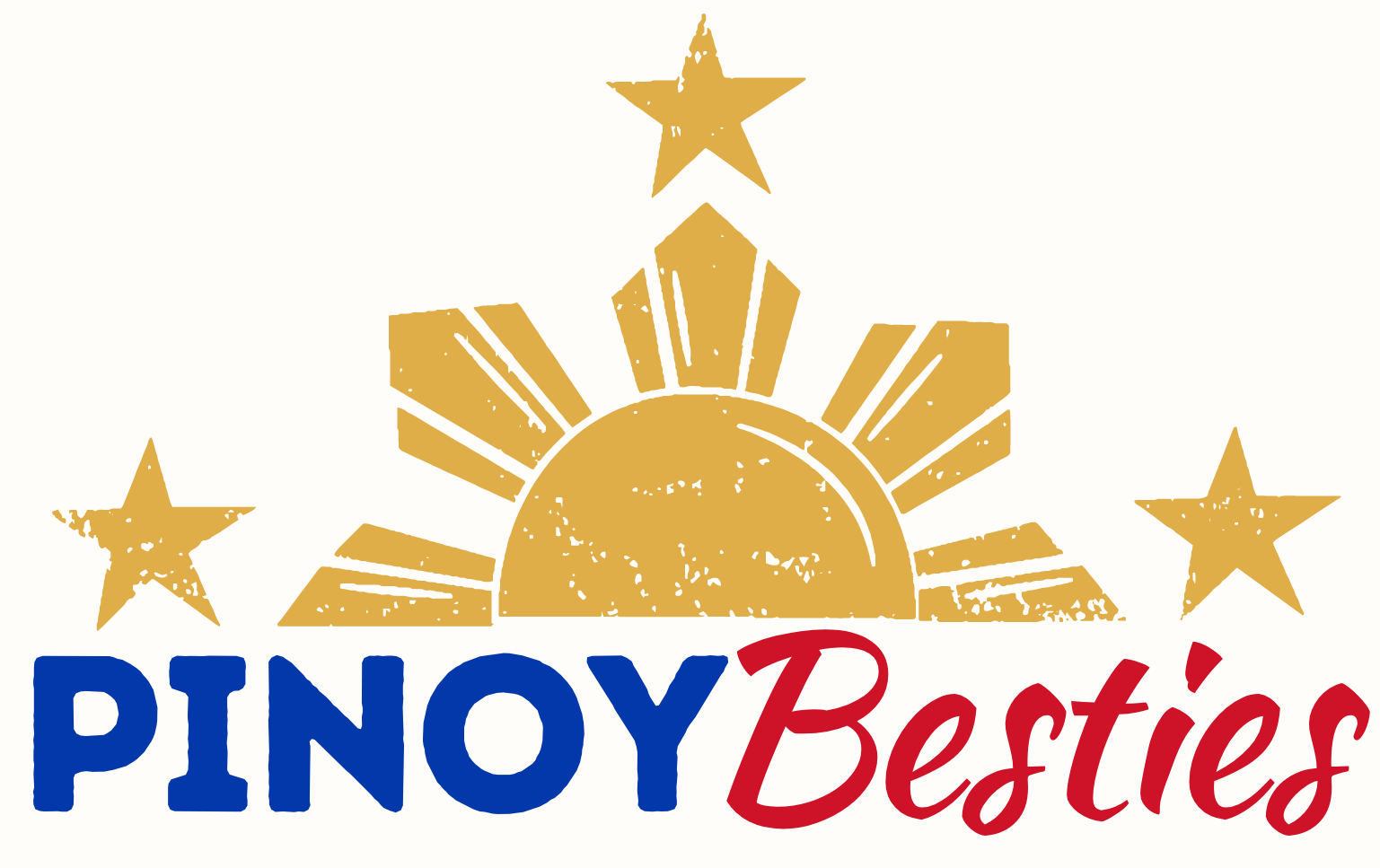-
What are some potential applications for ChatGPT in the education sector?
Posted by zeus on March 7, 2023 at 2:38 amWhat are some potential applications for ChatGPT in the education sector?
Piper replied 4 months ago 13 Members · 18 Replies -
18 Replies
-
Language translation: ChatGPT’s language translation capabilities can help students learn new languages more efficiently. By translating text and audio content in real-time, ChatGPT can help students improve their language skills and comprehension.
-
Tutoring
ChatGPT can be used as a virtual tutor for students who need additional support with their learning. For example, if a student is struggling with a particular subject or concept, they can interact with ChatGPT to receive personalized feedback and guidance. ChatGPT can answer their questions, provide explanations, and even offer practice problems to help them better understand the material.
-
The content above outlines several potential applications for ChatGPT in the education sector. These include personalized learning, automated grading, virtual tutoring, language learning, and research assistance. ChatGPT has the potential to revolutionize education by providing tailored learning experiences and making learning more accessible and effective for students.
-
Online individualized tutoring is possible with ChatGPT. It may explain, answer, and critique their work.
-
ChatGPT has a wide range of potential applications in the education sector, including language learning, personalized learning, tutoring, research assistance, accessibility, and new and innovative ways for students to learn and teachers to teach.
-
-
ChatGPT may aid in the creation of individualized learning environments for students by identifying their specific requirements and giving suggestions for study materials, activities, and evaluations.
-
ChatGPT can provide personalized learning experiences to students by offering tailored explanations, answering questions, and providing additional resources based on individual needs and learning styles.
-
ChatGPT has potential applications in education, aiding in tutoring, language learning, content creation, homework help, interactive learning, automated assessments, and professional development, but human expertise remains essential.
-
ChatGPT has several potential applications in the education sector, including:
1. **Tutoring and Homework Help:**
– ChatGPT can assist students with homework, providing explanations and clarifications on various subjects.
– It can act as a virtual tutor, offering guidance on problem-solving and answering academic queries.
2. **Language Learning:**
– ChatGPT can be used to practice and improve language skills by engaging in conversations with students, providing language corrections, and suggesting vocabulary.
3. **Programming Assistance:**
– For computer science and programming courses, ChatGPT can assist students by answering coding-related questions, explaining concepts, and providing code examples.
4. **Study Aid:**
– ChatGPT can serve as a study companion, helping students review concepts, offering additional explanations, and generating practice questions.
5. **Writing Assistance:**
– It can assist students in improving their writing skills by offering feedback, suggesting improvements, and providing tips on grammar and style.
6. **Virtual Simulations:**
– ChatGPT can be integrated into virtual simulations for practical learning experiences, allowing students to engage in realistic scenarios and receive guidance.
7. **Accessibility Support:**
– It can be used to provide additional support to students with learning disabilities or those who require personalized assistance.
8. **Career Counseling:**
– ChatGPT can offer guidance on career choices, providing information about various professions, required qualifications, and industry trends.
9. **Professional Development:**
– Teachers and educators can use ChatGPT for professional development, gaining insights into new teaching methods, curriculum development, and educational trends.
10. **Interactive Content Creation:**
– ChatGPT can assist in creating interactive educational content, generating quizzes, assignments, and simulations for a more engaging learning experience.
It’s important to note that while ChatGPT can be a valuable tool in education, it should complement, not replace, the role of educators. Human teachers provide a level of understanding, empathy, and adaptability that machines currently lack. Integrating AI tools responsibly and ethically is crucial in the education sector.
-
ChatGPT’s natural language processing capabilities can be used in a variety of educational settings to improve student learning.
Log in to reply.
